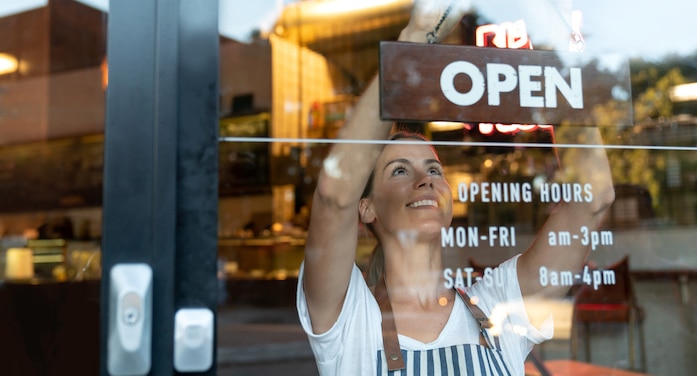Why do chargebacks happen?
Understanding why chargebacks occur not only helps you deal with them, but also prevents them from happening in the first place. Let’s take a look at the reasons chargebacks might occur.
Clerical errors
Clerical or merchant errors are one reason a customer may file a dispute with their credit card company. Perhaps they were billed for an item that they didn’t purchase, or maybe they were billed for the incorrect amount. Merchant mistakes can happen for a number of reasons, like improper training or simple human error. We’ll discuss how small businesses can prevent these types of errors later on in this post.
Friendly fraud
“Friendly fraud” refers to customers contacting their bank or credit card issuer to file a dispute instead of seeking a return or refund directly from the store. This may occur if the customer is unfamiliar with return processes or they don’t know the difference between a regular refund and a bank-forced refund. However, friendly fraud can also be a result of customers knowingly taking advantage of loopholes in the chargeback process. For example, a customer could theoretically make a purchase and dispute the charge so they can be refunded and keep the item for free.
Unrecognised or forgotten purchases
Sometimes consumers simply forget they made a purchase or don’t recognise the charge on their credit card statement, which also falls under the umbrella of friendly fraud. This often happens with recurring payments for subscriptions and other purchases the cardholder doesn’t pay attention to. As a result, they may choose to file a cardholder dispute with their financial institution to protect their credit score and financial standing.
Quality complaints
Another form of friendly fraud has to do with quality complaints. If a customer places an order and finds that it doesn’t meet quality standards, they might use the chargeback system to address the issue.
Credit card fraud
Credit card fraud or “true fraud” occurs when a criminal steals a cardholder’s identity and makes unauthorised purchases on their behalf. In cases of identity theft, the cardholder could dispute the charges, limiting their responsibility for the fraudulent charges.



















